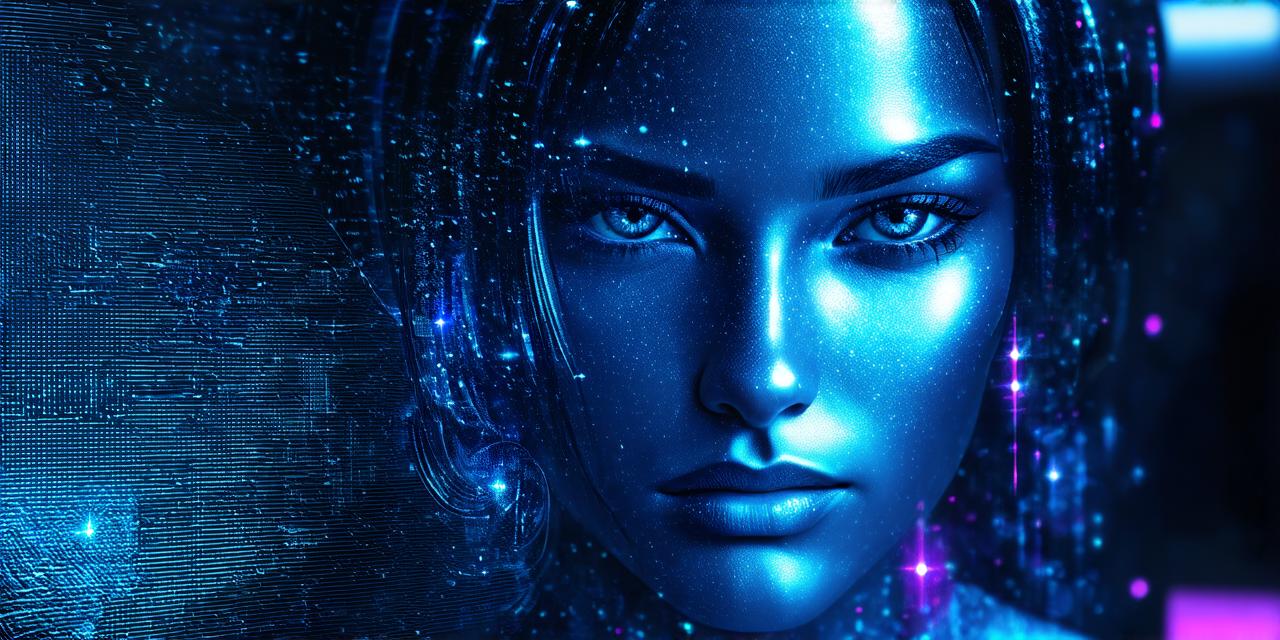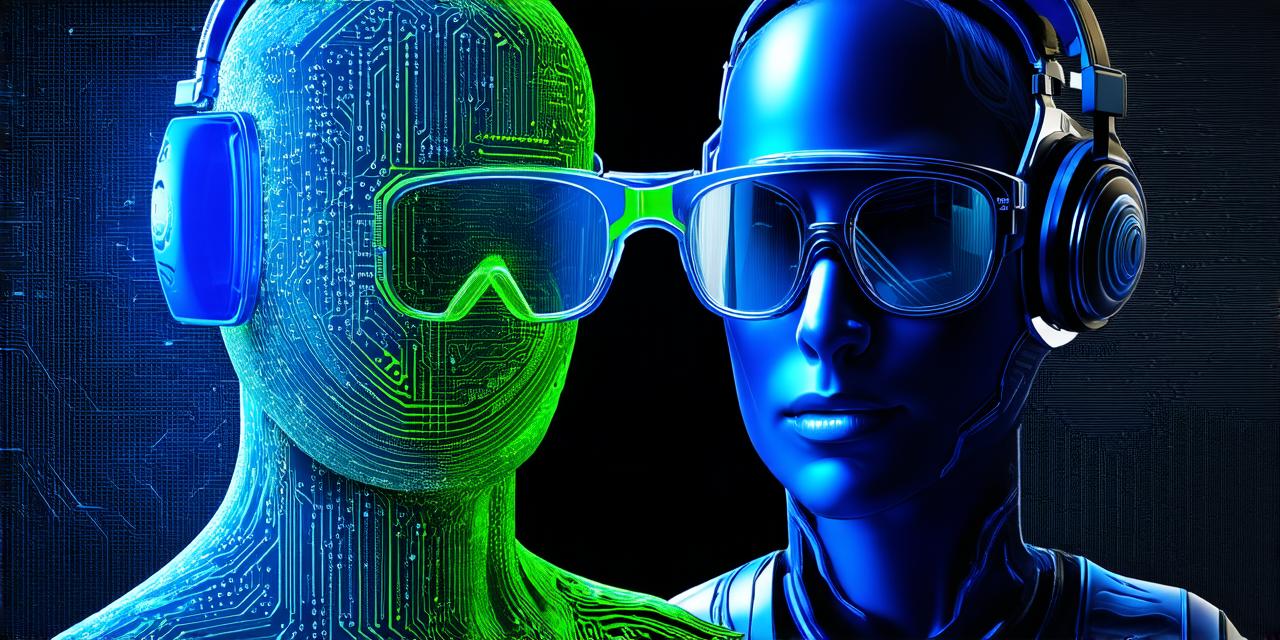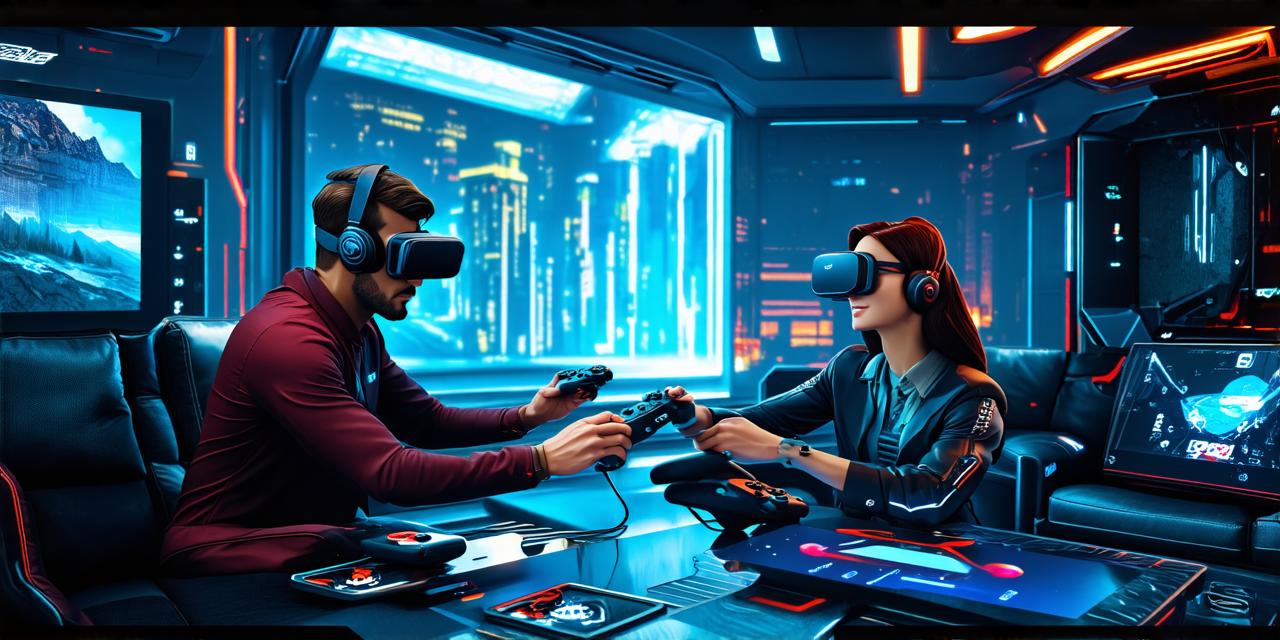Mixed reality simulation (MRS) refers to a type of virtual environment where physical and digital elements coexist in real-time. It is a combination of augmented reality (AR), which adds digital elements to the real world, and virtual reality (VR), which creates a completely artificial digital environment. MRS allows users to interact with both real and virtual objects, providing an immersive and interactive experience that can be used for various applications.
What is Mixed Reality Simulation?
Mixed reality simulation can be defined as a combination of physical and digital worlds in which the user can interact with both real and virtual objects. It is achieved using specialized hardware and software that capture the real world environment and overlay digital elements on top of it. The result is an interactive and immersive experience that blends the best of AR and VR technologies.
Applications of Mixed Reality Simulation
Mixed reality simulation has a wide range of applications across various industries such as healthcare, education, entertainment, and manufacturing. Some of the most common applications of MRS include:
- Training and education: MRS can be used to create realistic simulations for training purposes. For example, medical students can use MRS to practice surgical procedures on virtual patients, while pilots can simulate flying in a virtual environment.
- Product design and visualization: MRS can be used to create immersive product visualizations that allow designers to see how their products will look and function in real-world scenarios.
- Marketing and advertising: MRS can be used to create engaging marketing campaigns that capture the attention of customers and provide them with an interactive experience.
- Entertainment: MRS can be used to create immersive games and experiences that allow users to engage with virtual environments in a more realistic way.
- Manufacturing and assembly: MRS can be used to simulate manufacturing processes, allowing manufacturers to test different production methods and identify potential issues before they occur.
The Future of Mixed Reality Simulation
Mixed reality simulation is still a relatively new technology, but it has already shown great promise in various industries. As the technology continues to evolve, we can expect to see more widespread adoption of MRS across a variety of applications. In the future, we may see MRS used even more commonly for training and education, product design and visualization, and other purposes.
Summary
Mixed reality simulation provides an immersive and interactive experience that combines the best of AR and VR technologies. It has a wide range of applications across various industries, and as the technology continues to evolve, we can expect to see even more widespread adoption in the future. Whether you are a student learning about medical procedures or a designer visualizing products, MRS provides a powerful tool for engaging with the virtual world in a more natural and intuitive way.



